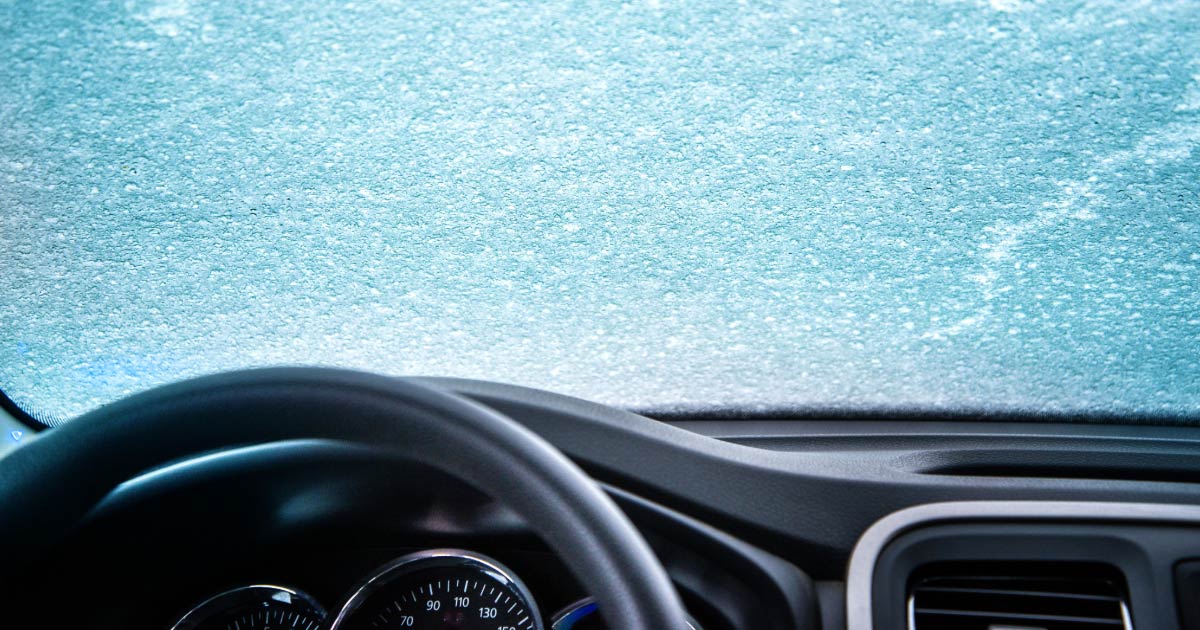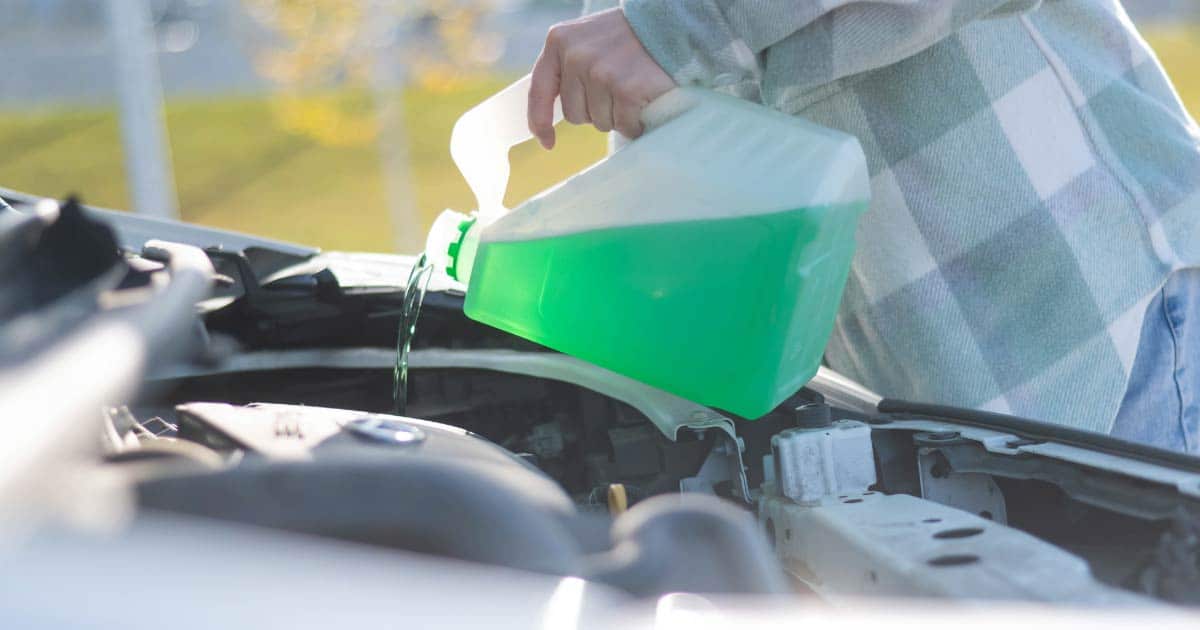When seasons shift, your car faces a variety of challenges–engine, tires, and glass are the most impacted. When it comes to your windshield, both cold and heat cause contraction and expansion of the glass, making it more brittle.
Existing windshield chips or cracks can spread more quickly with temperature fluctuations. Not to mention seals around windows can fail more easily too.
Let’s talk about the science behind how cold weather affects windshields, common winter auto glass problems, and winter window protection tips to help keep your vehicle safe through the coldest months of the year.
The Science Behind Temperature Changes and Windshields

When it’s hot, glass expands. When the temperature drops, car glass contracts. These subtle, molecular-level shifts are fairly harmless; however, over time they can compromise the overall integrity of the window.
A sudden change in temperature, such as pouring hot water on the windshield to melt away ice, can cause hairline cracks to morph into a sprawling fracture. You don’t have to have an already chipped or cracked window for thermal shock to cause damage. The rapid change in temperature can cause an instant crack in the glass, even if there was no visible damage prior.
4 Common Winter Windshield Problems

Here are a few things to look out for when the weather starts to get chilly this winter.
#1 Cracks & Chips Worsen
Worsening damage is perhaps the most common automotive glass issue drivers face during winter months. Small chips quickly turn to major cracks thanks to both temperature and road vibrations.
Contracted glass is brittle, making windows more susceptible to spreading damage.
#2 Ice Buildup & Visibility
An ice-covered windshield is more than just an inconvenience, it’s a safety issue due to reduced visibility and obscuring blind spots. This can drastically increase the likelihood of an accident.
It’s best to avoid trying to melt away the ice with warm water and if using an ice scraper, not to be too aggressive with it.
#3 Wiper & Washer Fluid
Wiper blades can become stiff and brittle when frost settles in, not to mention they don’t work very well to remove ice that’s still frozen on.
When it comes to washer fluid, all-season products can freeze at about 32 degrees Fahrenheit, but there are some winter formulas that can withstand temperatures of close to -20 Fahrenheit.
#4 Sealing Issues & Leaks
Another common issue with the cold is with the rubber seals around your window–they can shrink, become less flexible, or fail to stay in place. If a seal fails, moisture could seep into your car. Failed window seals can also lead to glass fogging and mold in extreme cases.
5 Ways to Protect Your Windshield in Cold Weather

If you’re concerned about your windows in cold weather, here are a few winter windshield protection tips that can help you avoid a trip to the auto glass shop.
#1 Park in a Garage or Covered Spot
Parking in a garage or under a covered spot helps prevent frost or snow from accumulating on your vehicle. This, in turn, helps regulate the temperature fluctuations–avoiding issues with the glass contracting.
#2 Use Proper De-Icing Methods
Pouring hot water onto cold glass is never a good idea. Instead, use a plastic ice scraper in conjunction with a store-bought de-icer spray to avoid any thermal shock cracking.
#3 Check for Chips & Cracks Early
Fixing a chip as soon as you notice it is the most cost-effective way to care for your car windows. If you allow a chip to turn into a spidering crack, you may have to do a full window replacement–a much more costly endeavor.
#4 Use Winter-Grade Washer Fluid
Flagstaff residents should opt for the winter-grade washer fluid to ensure it’s not frozen should you need to use it. You also want to make sure wiper blades are in good shape to that they perform well during snowy and icy conditions.
#5 Defrost Gradually
Whenever possible, slowly defrost your car’s windshield. This means avoid hot water and blasting your defroster the moment you start your car. Gradually defrosting is the best way to avoid thermal shock.
When to Get Your Windshield Repaired or Replaced

A rule of thumb is that if a window chip is smaller than a quarter and hasn’t spread, a simple repair may be sufficient. However, anything larger or if the chip interferes with your line of sight, you may want to consider a full replacement.
You don’t want to put off a large cracked window replacement for too long, especially during winter. If moisture is allowed to seep into cracks, it can further damage your window when it freezes, jeopardizing the glass’ structural integrity.
Have your chip repair or replacement conducted by a professional auto glass company. You should seek out a glass repair shop with winter-specific inspections and warranties to back up the quality of their work.
Get Quality Windshield Repair in Flagstaff

Prevent windshield cracks in winter by protecting your glass and addressing any chips as soon as possible. If you live in or near Flagstaff, trust Inspector’s Auto Appearance for all of your auto glass repair needs.
Click or call today to book your glass repair service and be ready when the temperature begins nearing freezing.


